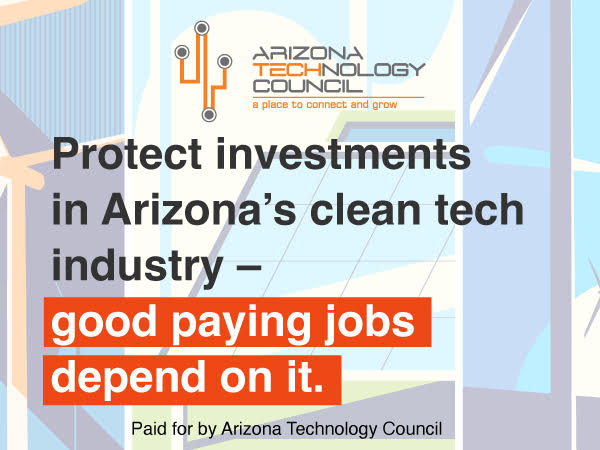AARP wrong: Only restructuring can save Arizona’s ratepayers
Guest Opinion//March 9, 2020//
Arizona is already ranked the 10th worst state for residential electricity burden. And with every major monopoly lined up hat in hand for a rate increase, things are bound to...











































